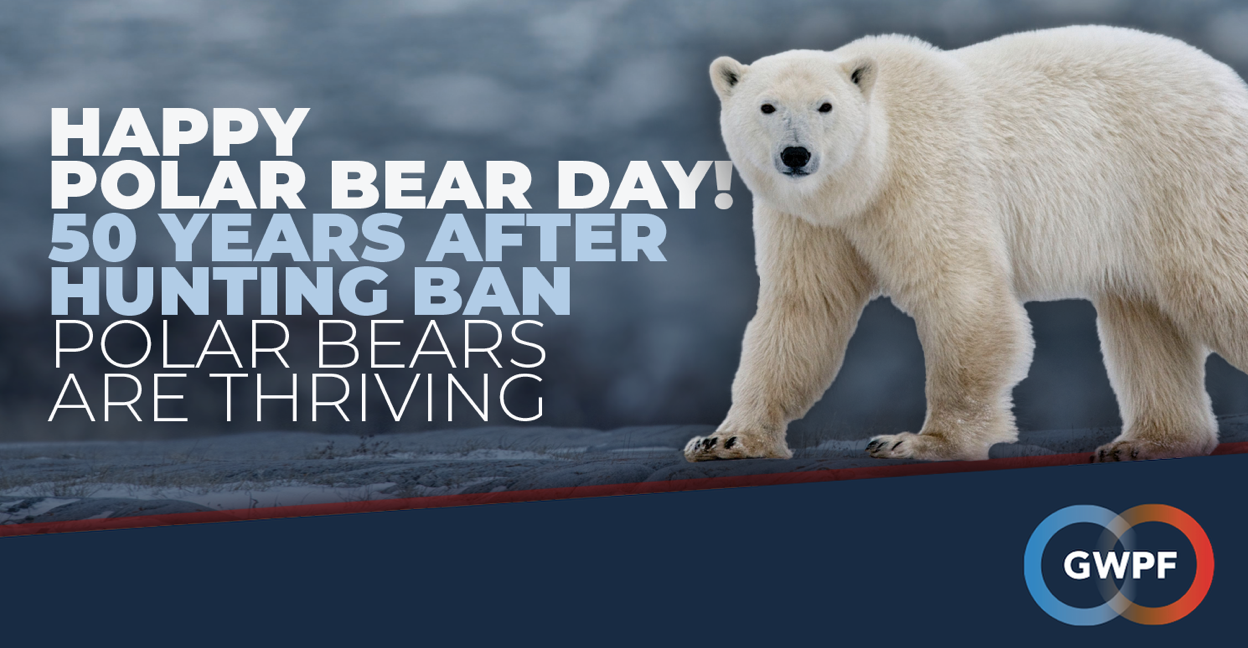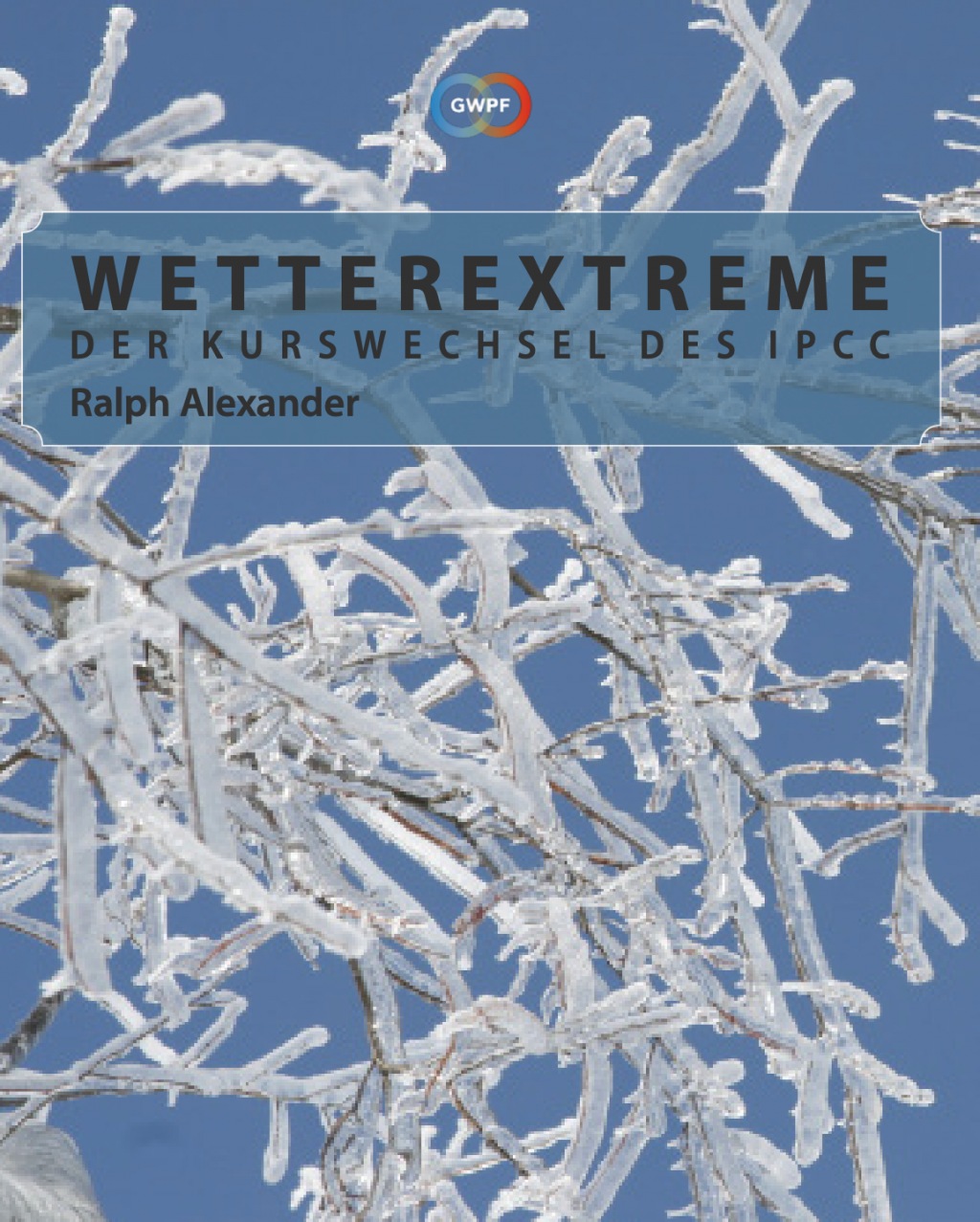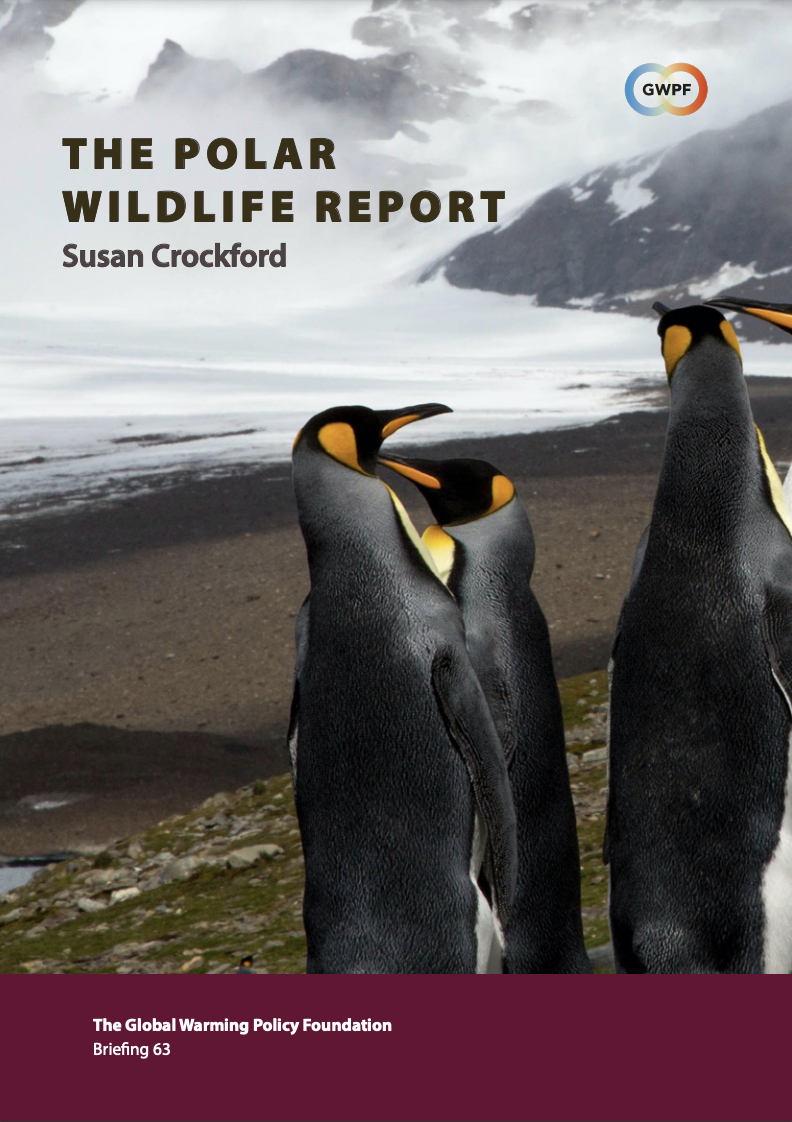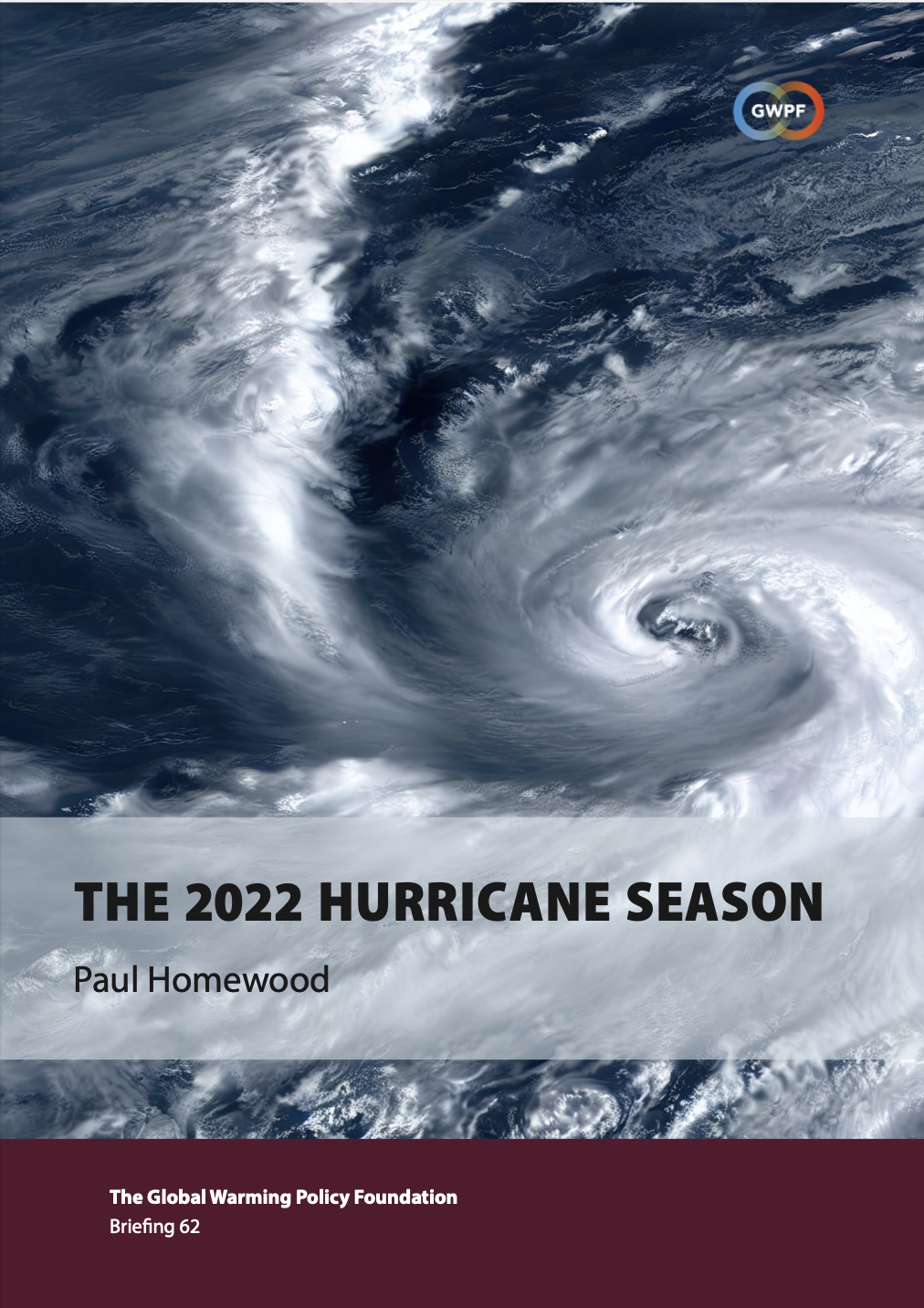London, 27 February: 2023 marked 50 years of international cooperation to protect polar bears across the Arctic. Those efforts have been a conservation success story: from a population estimated at about 12,000 bears in the late 1960s, numbers have almost tripled, to just over 32,000 in 2023.
Despite this dramatic increase in polar bear populations, claims that their numbers are falling due to climate change still dominate most media coverage.
Since 2004 we have been told that polar bear numbers in Western Hudson Bay have been steadily declining, but a new study made public in 2023 reveals that this isn’t actually true. In the State of the Polar Bear Report 2023, published by the Global Warming Policy Foundation (GWPF) on International Polar Bear Day, zoologist Dr. Susan Crockford provides the details on this explosive news.
Among other issues addressed in this year’s report, Crockford explains that population surveys of Western Hudson Bay polar bears completed in 2011, 2016, and 2021 generated lower estimates than a survey done in 2004. However, these differences in bear counts are not statistically significant from each other, which means there has been no negative trend during the last 20 years.
Crockford said the consequences of this survey are enormous.
“It means there has been no statistically significant trend in Western Hudson Bay polar bear numbers since at least 2004. This result absolutely guts computer model predictions of future polar bear catastrophe that assume Western Hudson Bay numbers have been steadily declining.”
She also said the Western Hudson Bay survey raised questions about previously-unknown movements of hundreds of bears across subpopulation boundaries in Hudson Bay.
“There is now fairly strong evidence that the subpopulation boundaries in Hudson Bay need to be adjusted and have their previous population estimates recalculated. A similar issue is acknowledged in Alaska, where for decades fairly large numbers of Southern Beaufort polar bears have moved back and forth over the current boundary between the Chukchi Sea to the west and the Northern Beaufort Sea to the east. This means that if you count Southern Beaufort bears in one area at one point in time, it may look like a population decline has taken place when it actually hasn’t.”
Crockford added,
“Western Hudson Bay and the Southern Beaufort are the only polar bear subpopulations which appeared to show strong support for the premise that sea ice declines blamed on human-caused global warming have reduced bear abundance. Now we know previous claims are almost certainly incorrect.”
Key Findings
There were no reports from the Arctic in 2023 indicating polar bears were being harmed due to lack of summer sea ice habitat, in part because Arctic sea ice in summer has not declined since 2007.
Contrary to expectations, a study in Svalbard found a decrease in polar bears killed in defense of life or property over the last 40 years, despite profound declines in sea ice over the last two decades.
A survey of Southern Hudson Bay polar bears in 2021 showed an astonishing 30% increase over five years, which adds another 223 bears to the global total.
A concurrent survey of Western Hudson Bay polar bears in 2021 showed that numbers had not declined since 2011, which also means they have not declined since 2004. Movement of bears across boundaries with neighbouring subpopulations may account for the appearance of a decline, when none actually occurred.
The IUCN Polar Bear Specialist Group has ignored a 2016 recommendation that the boundaries of three Hudson Bay subpopulations (Western HB, Southern HB, and Foxe Basin) be adjusted to account for genetic distinctiveness of bears inhabiting the Hudson Bay region; a similar boundary issue in the western Arctic between the Chukchi Sea, and the Southern and Northern Beaufort subpopulations, based on known movements of bears between regions, has been acknowledged since 2014 but has not yet been resolved.
The US Fish and Wildlife Service and the IUCN Polar Bear Specialist Group, in their 2023 reports, failed to officially acknowledge the new-found South-East Greenland population as the 20th subpopulation, despite undisputed evidence this is a genetically distinct and geographically isolated group. Numbers are estimated at 234 individuals.



